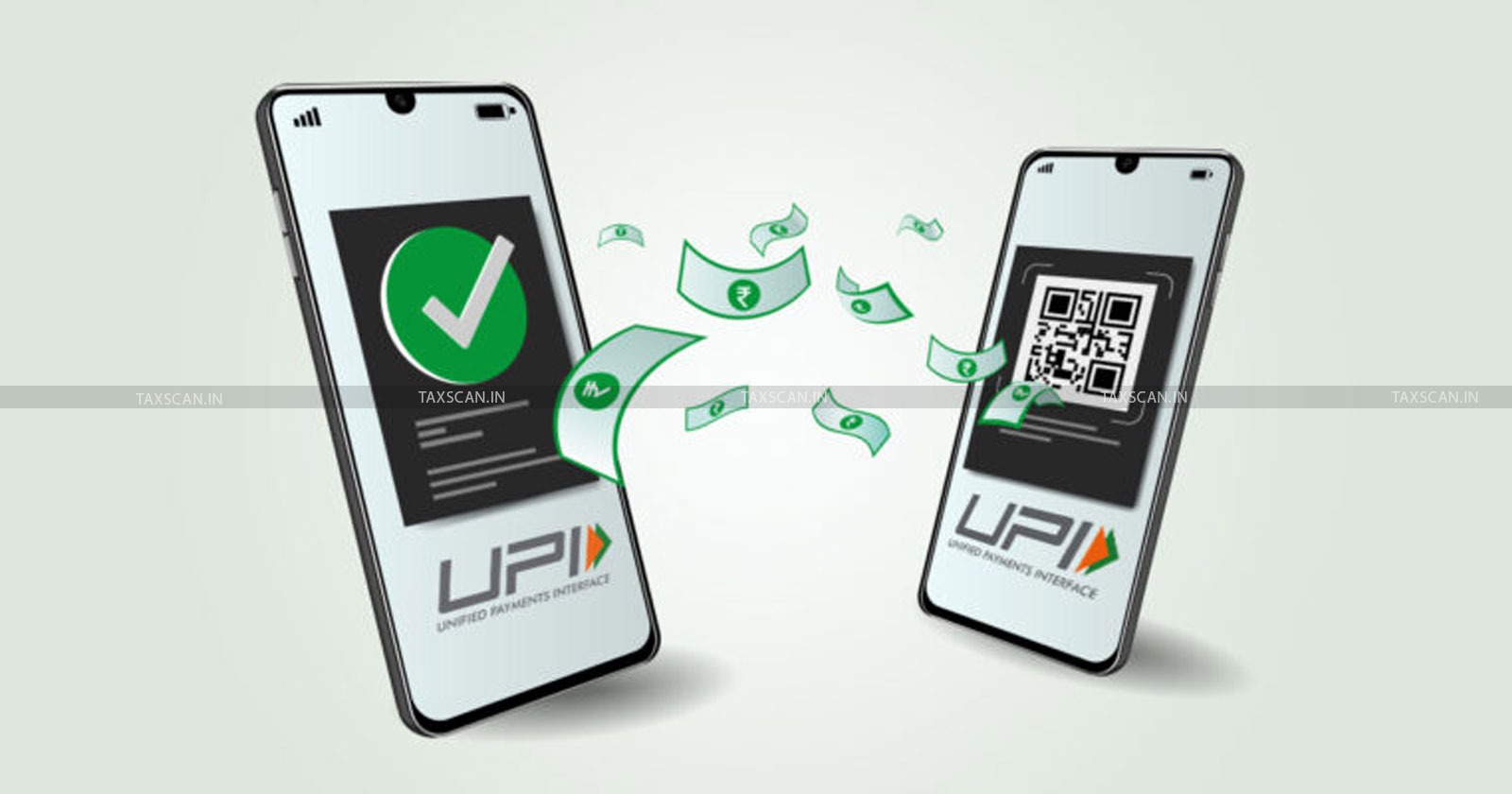UPI Advisory: New Mechanism allows Auto-Acceptance and Rejection of Chargeback Amounts
The changes have been implemented following recurring inconsistencies between remitting banks and beneficiary banks while carrying out chargeback processes

UPI – UPI Advisory – New Mechanism allows Auto-acceptance – Auto-acceptance – Auto-acceptance and Rejection – Rejection of Chargeback Amounts – Chargeback Amounts – taxscan
UPI – UPI Advisory – New Mechanism allows Auto-acceptance – Auto-acceptance – Auto-acceptance and Rejection – Rejection of Chargeback Amounts – Chargeback Amounts – taxscan
The National Payments Corporation of India (NPCI) has announced an update to the Unified Payments Interface (UPI) chargeback process, providing an automated process for the acceptance and rejection of the chargeback amounts.
The changes were announced by the NPCI through a Circular dated 10 February, 2025 addressed to all the member banks affiliated with the UPI interface. The new process facilitates automatic acceptance or rejection of chargebacks based on Transaction Compliance Code (TCC) and Returns (RET) raised by the beneficiary bank.
Read More: Income Tax Bill 2025 Proposes Replacing ‘Previous Year’ with ‘Tax Year
The system has been introduced following multiple instances where chargebacks were initiated by the remitting banks from T+0 onwards in the UPI Reference Chargeback System (URCS), leaving beneficiary banks with little to no time to process returns or conduct TCC adjustments.
Boost Your Business with SME IPO Funding Strategies - Enroll Now
What Does ‘T+0’ Mean?
The term T+0 refers to the transaction date (T) plus zero days, meaning that the action, such as raising a chargeback can occur on the same day the transaction is initiated. In the present case, remitting banks can initiate chargebacks immediately, sometimes before beneficiary banks have had the chance to process returns, leading to inefficiencies that this new update aims to resolve.
The inefficiency came at a price as chargebacks were automatically closed on a ‘deemed acceptance basis’, while beneficiary banks were slapped with a penalty for the same by the Reserve Bank of India (RBI).
The changes are being introduced to avert premature chargeback closures and unwarranted penalties on the beneficiary banks. The NPCI is set to introduce an automated mechanism where chargeback decisions shall be based on the next settlement cycle between the banks.
If a TCC or RET is raised by the beneficiary bank after a chargeback is initiated, the system will auto-process acceptance or rejection in the next cycle. This new approach will only apply to bulk upload transactions and UDIR (UPI Dispute Resolution), excluding the front-end dispute option.
Boost Your Business with SME IPO Funding Strategies - Enroll Now
Read More: Frequent UPI User? High-Value Transactor? You might need a GST Registration
Member Banks have also been advised to ensure that they raise correct TCC (102/103) to avoid moving the chargeback lifecycle to pre-arbitration/arbitration.
Who does it affect?
While the changes have little direct bearing on UPI users, the same is expected to reduce disputes, enhance reconciliation efficiency, and prevent financial penalties for banks.
The new functionalities shall be implemented in the URCS from the 15th of February, 2025.
To Read the full text of the Order CLICK HERE
Support our journalism by subscribing to Taxscan premium. Follow us on Telegram for quick updates


